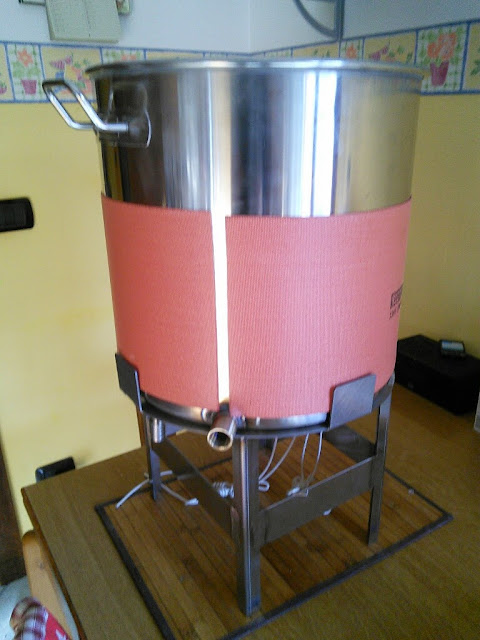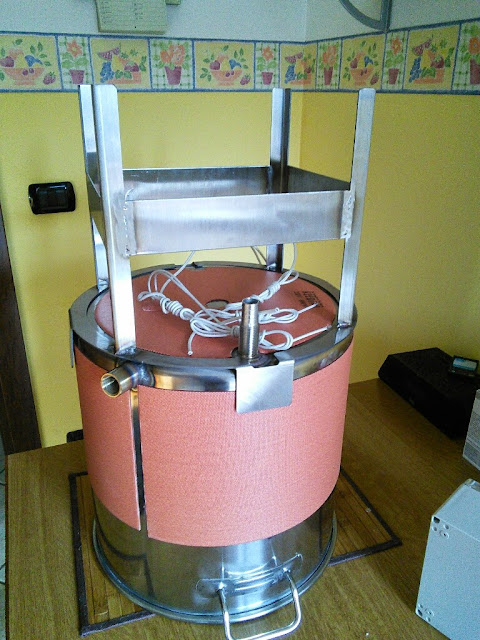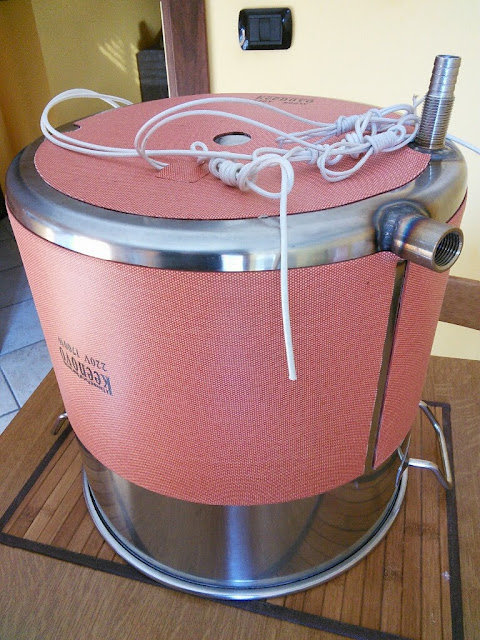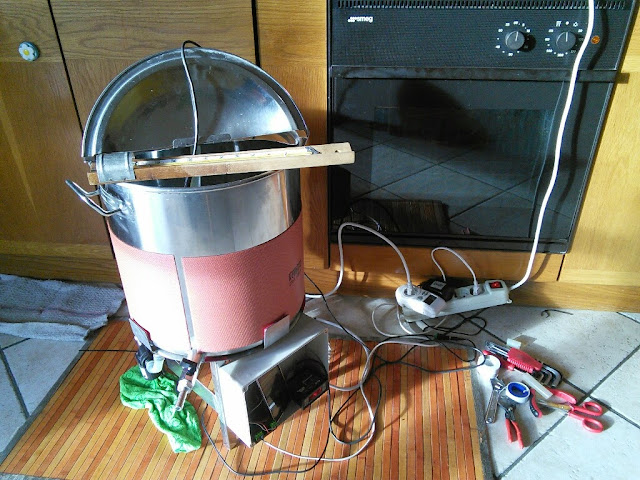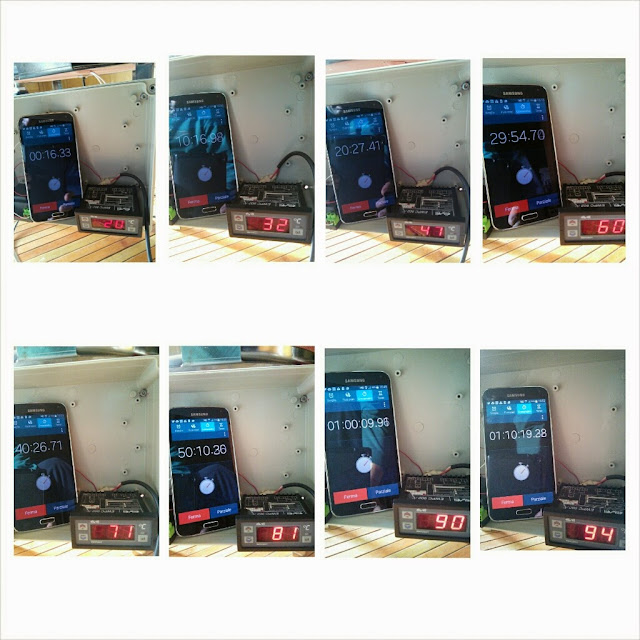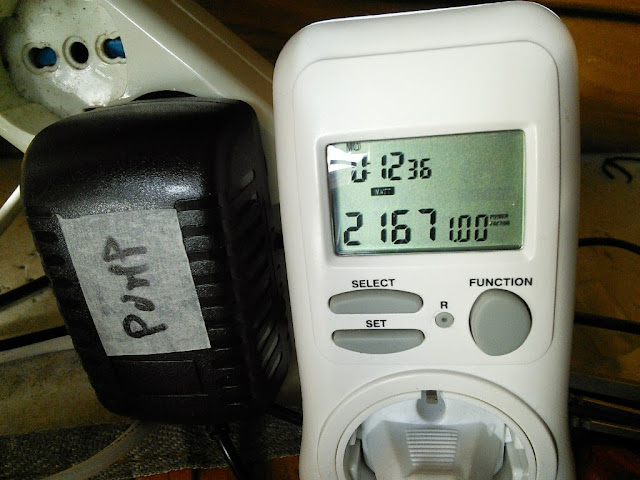if that were soo true than insulating a kettle would have little effect on efficiency... all one has to do is wrap a towel around a heating kettle to see it does in fact have a huge impact....
The same principal with a cooler of ice... what am I missing here? what your saying does make sense but I think how much efficiency/ energy is lost is still greater than I believe you are insinuating.
The liquid itself is a better conductor and if all the energy is with in it...
plus how much energy is lost by just the poor surface tranfer from the rough silicone surface on the mat and the surface of the pot? we all know how much difference even thermal paste makes in transferring energy from one medium to another? (yes because of your point about air being a poor medium)
Sorry, I have to completely edit my post because of your changed questions.
The "half the power going each way" thing is just plain wrong as a starting point. It would be right for a heating pad with similar volumes of wort or similar volumes of air on each side, but that isn't the case here at all.
Taking still water and air on either side of a heated plate as the starting point, the thermal conductivity of water is 20 times higher than that of air. The heat lost to the water will be at least 20 times greater than that to air, and actually much more because water also has a much higher heat capacity. You know this - if you drop a piece of hot metal into water it will cool much much more rapidly than if you leave it hanging by a thread in mid air. Even if you have only small pot of water and a much bigger volume of air so that they have equal heat capacities.
You need to do the calculations properly, and you'll need the equations
here. Note that the heat transfer to the wort is given by the "Forced convection, external flow, vertical plane" equation, while I think the heat transfer to still air is governed by the "Internal flow, laminar flow" equation, modified for an approximately flat plate, and by something like "External flow, vertical plane" for the blown air case. The Prandtl and Rayleigh numbers will be different for air and water as their densities, viscosities, speed, thermal conductivities, etc. are all different so the heat transfer coefficients will be different.
In particular, the Prandtl numbers of air and water are different by a factor of 10 (and the difference will be higher for a more viscous wort). These are raised to something like the 2nd power in the empirical equations for the heat transfer coefficient. There are other differences in other parts of the equations as well.


